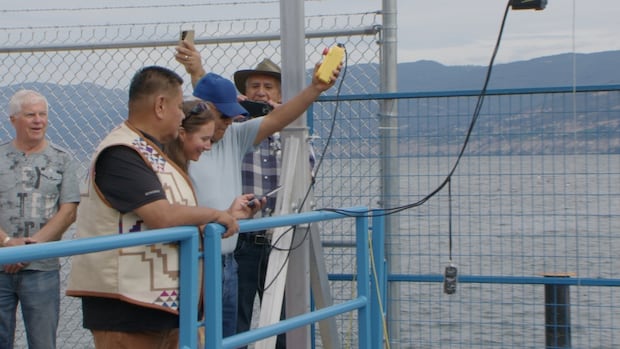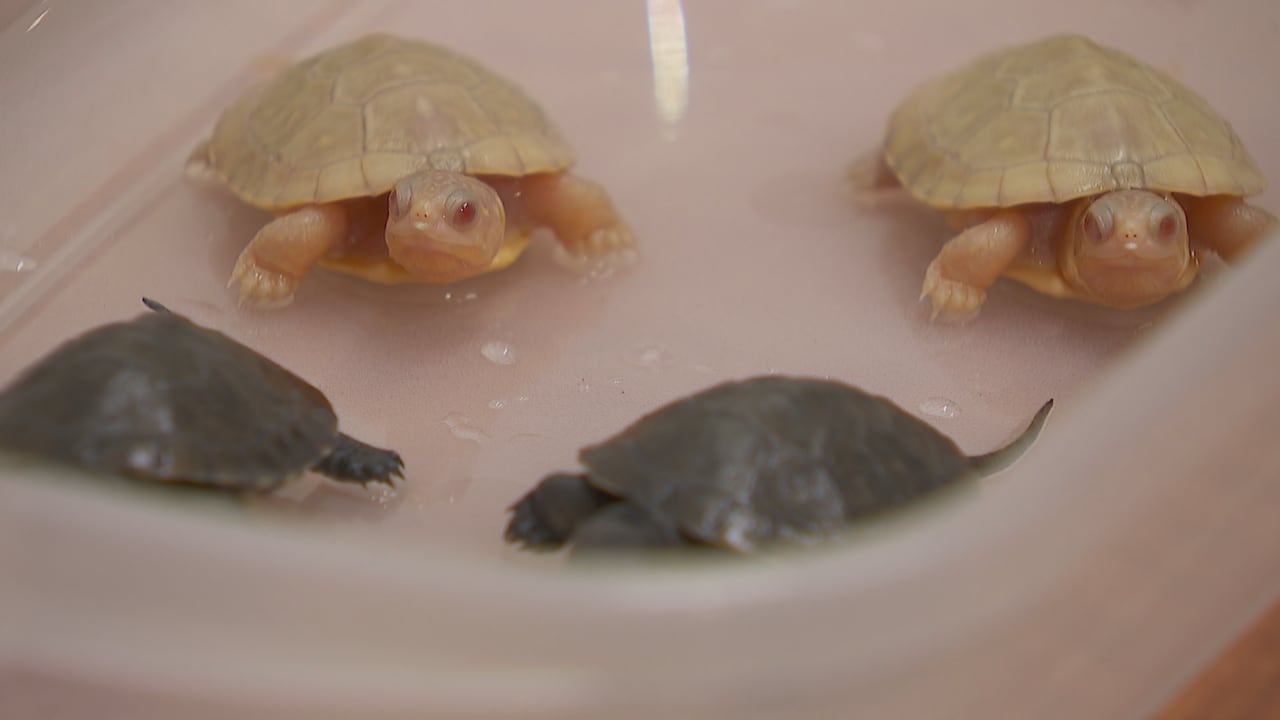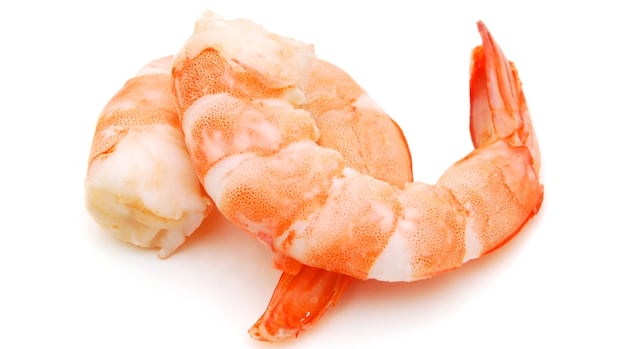Two new species of crayfish have been identified in the Pacific Northwest region of North America, and researchers say both species are vulnerable to extinction.
One of those crayfish is called the “misfortunate crayfish,” found primarily in central Oregon, according to biologist Eric Larson.
The other, the Okanagan crayfish, is found in, well, B.C.’s Okanagan Lake.
Both were previously mistaken for the signal crayfish, the most common species of crayfish on the West Coast, Larson said.
“They are brand new species. It’s the first time anyone has called this animal the Okanagan crayfish,” Larson told CBC’s Daybreak South host Chris Walker.
The easiest way to differentiate the signal variety from the other two is a distinctive white mark on the signal crayfish’s claw.
“If you find that absent or really reduced, that might suggest you’re looking at the Okanagan crayfish,” Larson said.
Eric Taylor, a professor of zoology at the University of British Columbia, said it’s important to identify different species, even if they appear very similar, for several reasons.
“There’s sort of an inherent value in knowing,” he said. “Humans like to know about the world around us, which includes the natural world, so it’s important for an accurate understanding of the level of biodiversity we have.”
Additionally, it helps researchers better understand the ecosystem in which these species live.
Thirdly, identifying individual species gives conservationists an idea of how widespread the species is. For example, Taylor said, there could be a stronger effort to protect a species if it’s only found in one small area, as opposed to across a region.
At risk of extinction
Okanagan and misfortunate crayfish are already considered at risk of extinction, according to Larson.
Taylor said this is no surprise, given that these are smaller groups of what was once thought to be a larger population.
“The smaller an area an animal or plant lives in, the greater the chance that if something bad happens, it’s going to go extinct,” he said.
The Okanagan crayfish is of particular concern, Taylor said, because it’s located in Okanagan Lake — an area of “high human impact.”
Larson hopes the situation will inspire conservation action.
“Crayfish don’t get along that well,” he said.
“We have moved crayfish around for centuries,” Larson added, pointing to stocking lakes with crayfish, using them as bait and even classrooms releasing them into the wild.
They can also catch a ride to a new location on boats, similar to invasive mussels.
Larson said that, in particular, scientists worry Okanagan crayfish will be displaced by invasive virile crayfish, while misfortunate crayfish could disappear due to invasive rusty crayfish.
That’s a much bigger risk for the misfortunate crayfish in Oregon that has the rusty crayfish from eastern North America spreading really rapidly in its native range. But for the Okanagan crayfish, we kind of wanted to discourage movement of other crayfish into its populations.
Not only can invasive species be harmful to those native to the Pacific Northwest, they also feed on fish eggs and destroy aquatic plants, Larson said, as well as damage infrastructure like irrigation canals and dams.
Invasive crayfish can also carry disease, according to the Department of Fisheries and Oceans.
“They move shocking amounts of sediment. So you just want to be really careful not to introduce crayfish to new places.”






